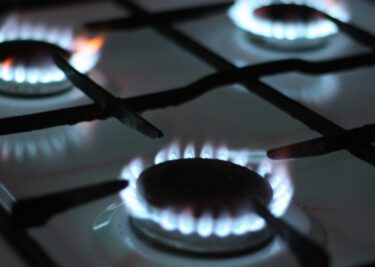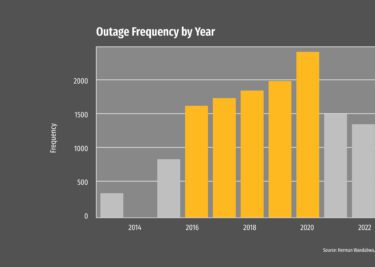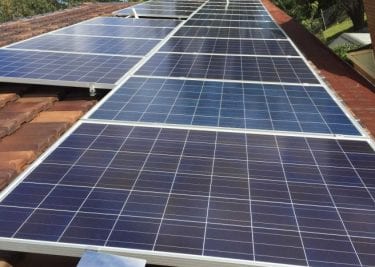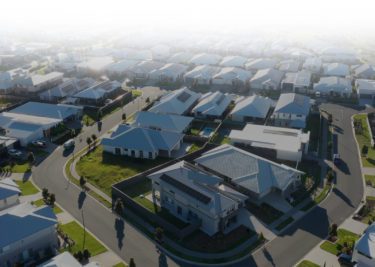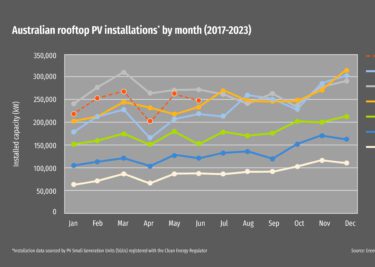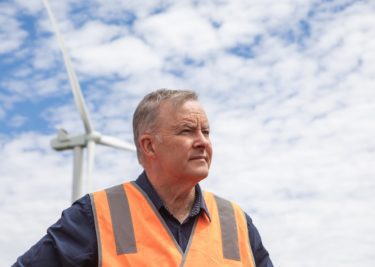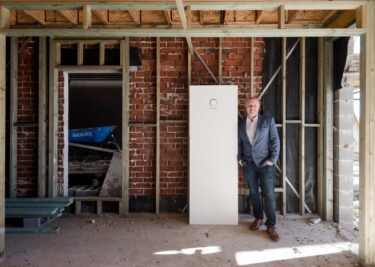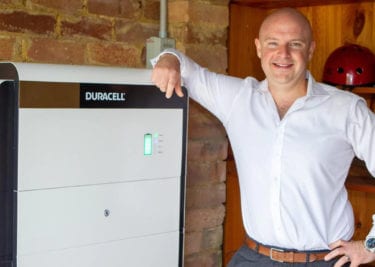If you currently have a solar system installed in your home or business, or if you are in the process of considering one, you will have come across inverters.
But what are they and, more importantly, what do they do?
Inverters are basically the brains of your entire solar energy system and knowing how they work is essential to getting the best results from your panels.
When you add a new source of energy generation to your house or business or industrial complex (such as solar), you can’t just leave the tap on (so to speak) and let it run. You need a system to maintain it, manage it and monitor it. The inverter is this system.
There are three types of inverters: string inverters, dc optimisers and hybrid inverter systems.
In this article we are focusing on string inverters, so to find out more about dc optimisers and hybrid inverters, keep an eye on this blog.
String inverters are the most common type of inverters used in residential and commercial solar systems.
A string inverter is basically an electronic device in the shape of a box that will be located somewhere accessible (such as in your house or garage) and it has three very important functions.
Its primary function is to convert the DC current (which is the voltage coming from the panels) to an AC (or alternating) current, which is basically the electricity on which our appliances and the grid operate.
The inverter’s second function is to constantly monitor and aggregate the power output of your entire solar array (ie all of the panels on your roof combined) by adjusting the output current and voltage to optimise the amount of power. It does this by performing critical calculations which are algorithms of differential equation optimisation that use a combination of external inputs (such as the meter and panels) and what the inverter is sensing at its point of connection.
The inverter will then tell the customer through a user interface (such as an online portal or an LCD display) exactly how much power the system is producing, as well as how much total energy is being produced over the lifetime of the system. This function is critical because if you are a home or business owner and have a solar system on your property, you will want to know immediately if there’s a fault in the system.
The third and final function of the inverter is to make sure that both of the first two things happen in a safe and secure way. Which we can surely all agree is also extremely important.
To find out more about string inverters, feel free to give us a call at Natural Solar and one of our engineers would be happy to discuss them with you in more detail. And keep reading our blog for more articles about different types of inverters.Get your solar quote now!

